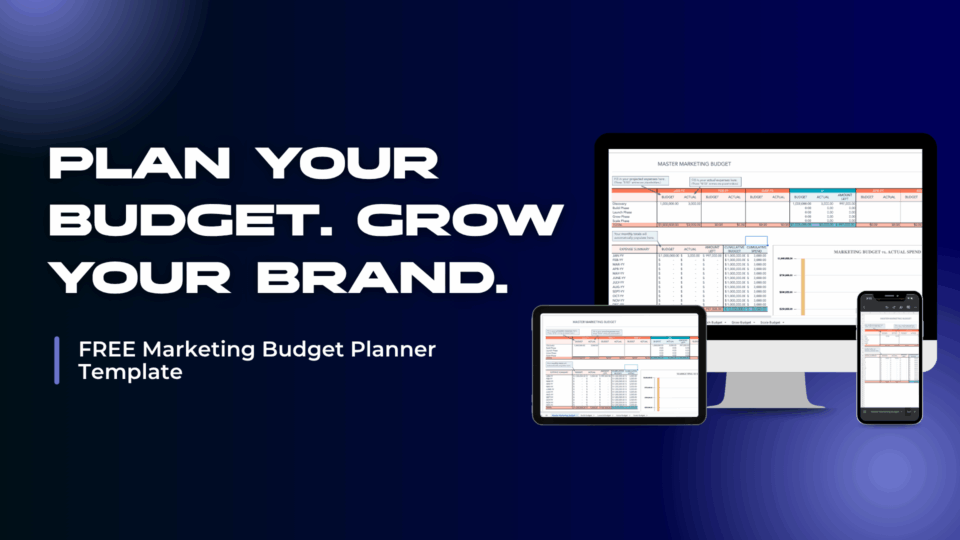
Attract More Customers With Website SEO Magic
August 19, 2024
Boost Your Bottom Line Through SERP Mastery
August 26, 2024Creating an effective social media strategy is only the first step; understanding how well it performs is crucial to ensuring your efforts are driving the desired results. Measuring and analyzing social media metrics allow you to see what’s working, identify areas for improvement, and refine your strategy for maximum impact.
In this guide, we’ll explore the key performance indicators (KPIs) to track, tools to measure your social media performance such as Google Analytics, and how to adjust your approach after you’ve analyzed the data by refining your strategy.
Why Measuring Social Media Metrics Matter
Measuring your social media performance is essential for several reasons. First, it helps you understand whether your strategy is meeting your goals. Whether you’re aiming to increase brand awareness, drive website traffic, or boost engagement, tracking the right metrics provides insight into how effectively you’re achieving these objectives. Additionally, regular analysis helps you spot trends and shifts in audience behavior, allowing you to adapt your content strategy to stay relevant.
The Key Metrics of Your Social Media KPI’s
When it comes to measuring social media performance, certain KPI’s are particularly valuable. They can be used to drive desired results in a variety of ways depending on what kind of engagement you are experiencing. Here are the top ones to focus on.
Engagement Rate
This metric includes likes, comments, shares, and other interactions. It tells you how actively your audience is engaging with your content and whether it resonates with them.
Reach and Impressions
Reach refers to the number of unique users who see your content, while impressions indicate how many times your content is displayed, regardless of whether it was clicked. These metrics help you gauge your content’s visibility.

Follower Growth
Tracking your follower count over time shows how well your content attracts and retains new audience members.
Click-Through Rate (CTR)
This metric measures the percentage of users who click on a link in your post. It’s crucial for assessing how effectively your content drives traffic to your website or landing page.
Conversion Rate
The percentage of users who take a desired action (like making a purchase or signing up for a newsletter) after clicking on your content. This metric is key for evaluating the ROI of your social media efforts.
Top Tools for Social Media Metrics
Several tools can help you track and analyze your social media performance. These tools allow you to gather and interpret data, making it easier to understand your social media performance and adjust your strategy accordingly.
Google Analytics
While primarily used for website traffic analysis, Google Analytics can also provide insights into social media-driven traffic, helping you understand how users interact with your site after clicking through from social media. Learn more about Google Analytics.

Social Media Platform Analytics
Most social media platforms, like Facebook, Instagram, and Twitter, offer built-in analytics tools. These provide detailed data on engagement, reach, impressions, and more.
Third-Party Tools
Tools like Hootsuite, Buffer, and Sprout Social offer more advanced analytics, including the ability to track performance across multiple platforms in one place. Check out more insights on social media analytics here.

Analyzing What Works
Once you’ve gathered data from your social media efforts, the next step is analysis. Look for patterns and trends in your metrics. For example, if you notice that engagement rates are higher on certain types of content or at specific times of day, you can adjust your content calendar to capitalize on these insights.
Consider conducting a platform analysis to see how your performance varies across different social media platforms. This will help you identify which platforms are most effective for your brand and where you might need to shift your focus.

Refining Your Strategy
Based on your analysis, refine your social media strategy to improve performance. This might involve adjusting your content strategy, experimenting with new formats, or shifting your focus to different platforms. For example, if your CTR is low, you might need to create more compelling calls to action or optimize your post timing.
Regularly revisiting and refining your strategy ensures that your social media marketing efforts continue to evolve and stay effective as your audience and the social media landscape change.
Measuring and analyzing your social media performance isn’t a one-time task—it’s an ongoing process. By regularly monitoring your key metrics and adjusting your strategy based on data, you can keep your social media efforts aligned with your goals and ensure long-term success. The better you understand your performance, the more effectively you can engage with your audience and drive meaningful results.



